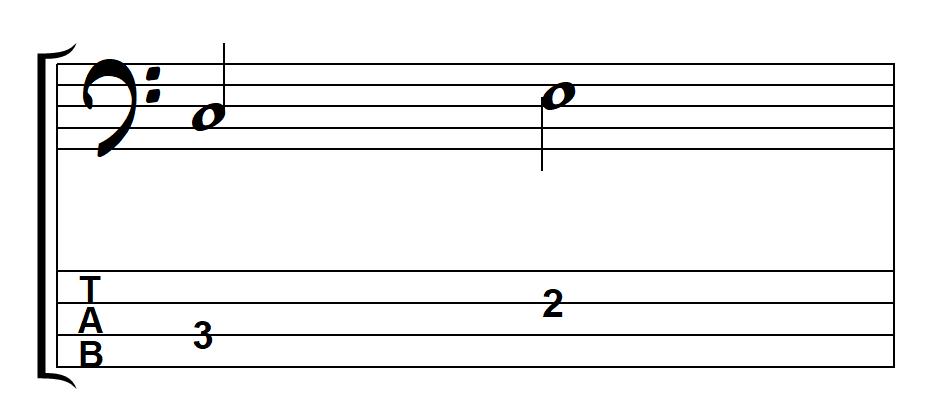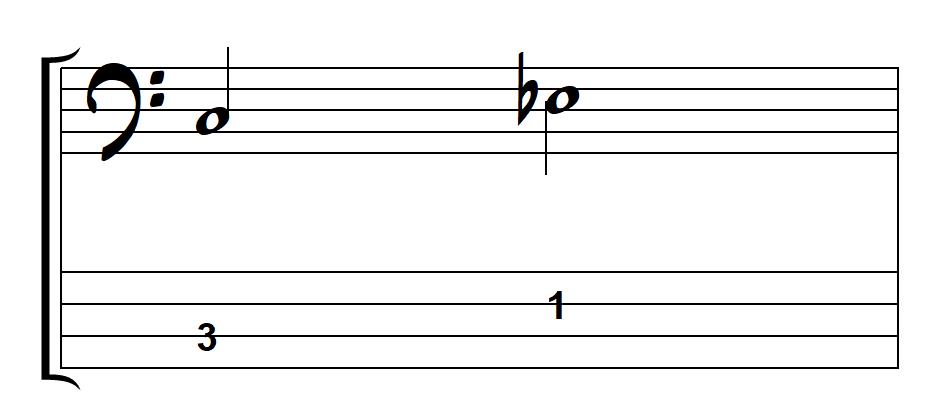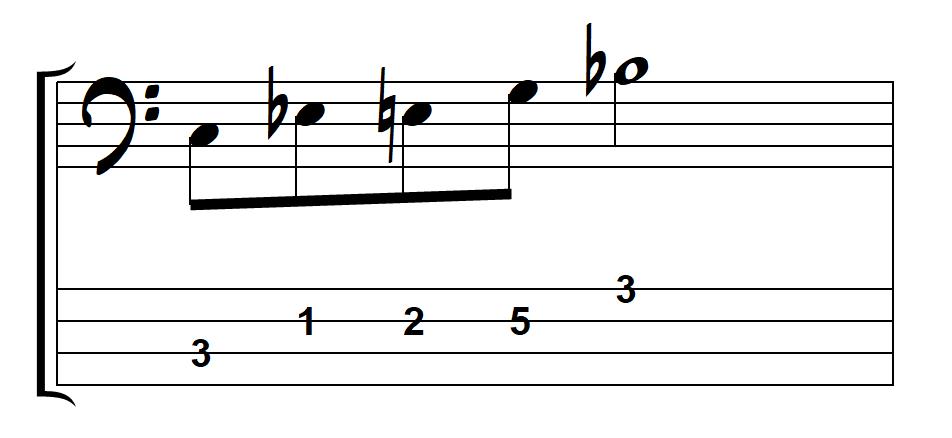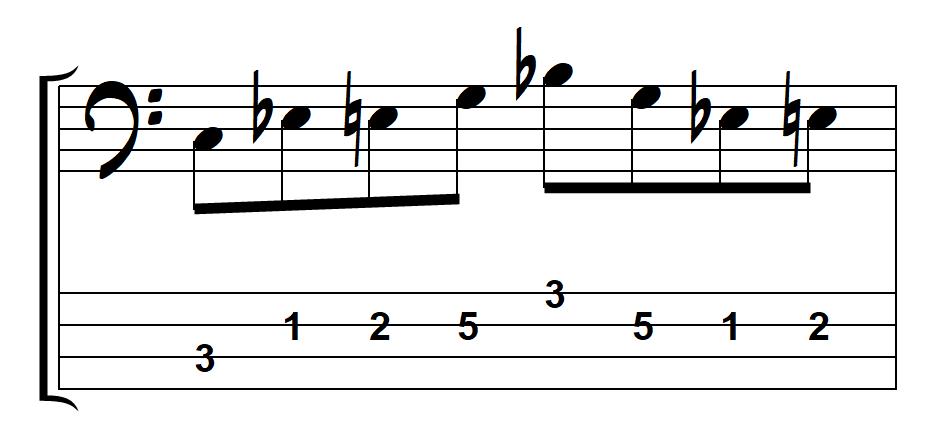We’re going to have a quick look at a little melodic move that can make a big difference to your bass lines, fills or solos and it’s something you actually hear all the time, it’s just you might not know what it is.
We’re looking at the minor to major third approach note. We’ll look at what it is and how to use it. We’ll also look at some famous examples of this move in action by way of The Beatles, Rage Against The Machine and Elvis Costello!!
Melodic Movement
This minor to Major third movement can add a bluesy feel to any bass line and is often thrown into bass solo’s and fills, so it’s a very handy little trick to add some more harmonic interest into what you’re playing.
For this you’ll need a little basic music theory, you need to know where and what your Major or minor third is in the line you’re playing. It’s easy to find out what this is however, it’s just the third note of the scale. So in a Major scale, the third note would be your Major third, and in a minor scale, the third note would be your minor third. So far so good!
Major 3rd
Minor 3rd
The Minor To Major Slip
On it’s own, this move doesn’t really make much of an impact on the listener, but in the context of a piece of music it can really add some flavour! It’s usually played against Dominant chords however, otherwise known as Dom7 or the V (five chord) when played in the context of a particular Key or chord progression.
Sometimes referred to as the Blues chord, the Dominant chord consists of Root, Major 3rd, Perfect 5th and a minor 7. That’s just a Major triad with a flat/minor 7 on top. Have a look at the example below, here I’ve notated out the C7 chord or arpeggio. An arpeggio is just a chord where the notes are played one after the other, rather than all at once. Be sure to learn that arpeggio up and down and transpose it to different keys.
C7 Chord
To use this melodic movement, you just have to approach the Major third from a half-step (also known as a semitone) below. You can add this to the Dom7 arpeggio to get your fingers and ears used to the move. This is shown on the stave and TAB below.
C7 going up..
This move doesn’t work in reverse the same way, we can’t play the Major third and then go back down a half-step to the minor. It’s the minor to Major approach that gives us that bluesy, jazzy tonality here. The semitone below the Major third acts like a passing note, and can be heard a lot in Blues, Jazz, Walking Bass and Funk.
So when you are coming down the arpeggio, you still want to move up from the note below the Major third to make this sound work. Take a look in the example below and again, be sure to try this out in other keys.
C7 going up and down..
Song Examples:
Day Tripper
Killing In The Name 
Pump It Up
See if you can identify this movement in other well known songs and give some examples in the comment section below…













Leave A Comment